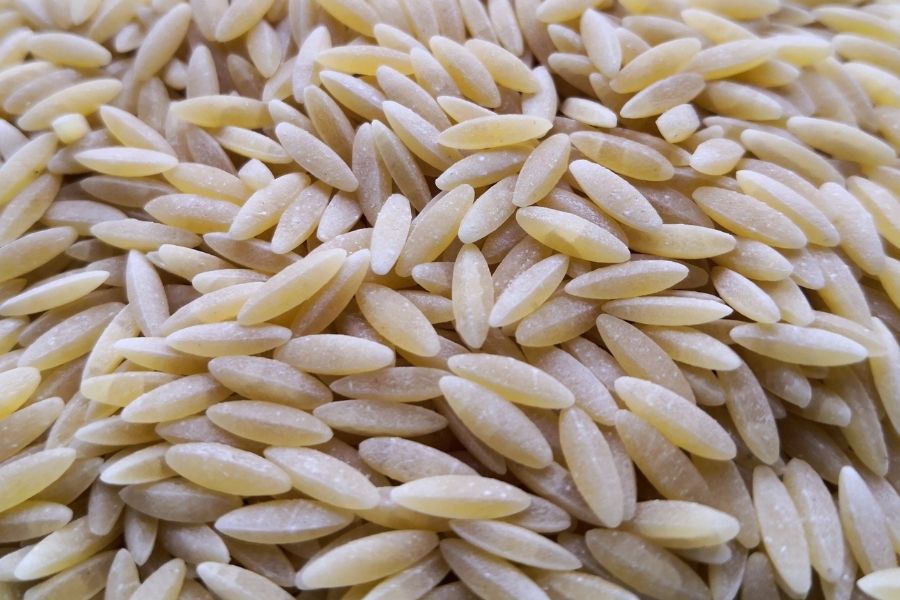Rice is a well-known staple in more than a hundred countries, and it is one of the oldest grains in the world. Moreover, rice is a high-calorie grain that is low in cost, and every country shows are rice speciality to reflect the taste and local spices. There are innumerable types of rice that depend upon the production method.
The rice is split into two groups: white and brown rice. The most commonly used type is white rice because it offers more health benefits. You can follow different white rice recipes such as rice syrup, rice flour, rice milk, and rice bran oil. Let’s discuss in detail the significance and nutritional facts of rice.
Types
Different types of rice can differ in thickness, colour, size, stickiness, flavour, and aroma. Rice is often categorized based on its method of processing and shape. Some of the famous rice types around the world are:
- Risotto in Italy
- Paella in Spain
- Jambalaya in southern U.S
- Steamed rice in China
- Coconut rice in Colombia
We can divide them into different categories such as short, long, or medium grain.
1. Short Grain Rice
The short-grain rice has a short kernel and gives the stickiest texture in cooking. These kinds of rice are in wide use all over the world. Sushi rice is their famous example in cooked form.
2. Medium Grain Rice
Medium size rice has a wider as well as shorter kernel and yields a semi-sticky consistency when cooked.
3. Long Grain Rice
Long grain rice has a slender kernel as long as they are wide. This rice stays fluffy and separate upon cooking. Basmati rice and jasmine are long-grain rice.

Nutritional Significance
White rice offers unlimited health benefits because it consists of proteins and carbohydrates. However, brown and white rice have almost similar calories, and the white rice contains the following nutrients:
1. Fibre
White rice contains a good amount of dietary fibre as compared to other rice types. It has different amounts of soluble fibre known as resistant starch. The resistant starch enhances butyrate in the gut which boosts gut health and reduces inflammation. Therefore, you can reduce colon cancer risk by improving gut barrier functionality with white rice.
2. Carbohydrates
Rice is composed of carbohydrates that make up 80% of its dry weight. Starch is mainly the most important carbohydrate in rice, and it is made up of long chains of glucose called amylopectin and amylose. Different rice types have different amounts of nutrition which affects the texture of rice. However, the nutritional value also varies from person to person.
Things You Never Knew
You probably have not considered the importance of rice, but it has an incredibly long history. Here are some facts you didn’t know about white rice.
1. Ideal for Years
It’s a fact that white rice is good for years because uncooked rice will stay edible and fresh for anywhere between ten to thirty years. On the other hand, uncooked brown rice has a shelf life of six months because the brand coating will oxidize with time.
2. White Rice Starts from Brown
Many of us have no idea that white rice is just brown rice that has been made by getting rid of its outer layer and then polished in white.
3. China Great Sticky Rice Wall
The Great Wall of China is held together with sticky rice, and it was built during the Ming dynasty in the 16th century. The workers utilized rice-made porridge with calcium carbonate to hold the walls stones together.
4. Grown on Every Continent
Rice is generally grown on every continent except Antarctica. White rice is easy to grow, and it has good yielding that makes it capable to feed a large population. Only one seed of rice will provide over 3,000 grains.
5. Rice Consumption
Americans eat almost twenty pounds of rice per year. It seems excessive amount, but it’s nothing in comparison to other countries. According to the US rice producers association, Asians eat more than 300 pounds a year and people of the United Arab Emirates eat 450 pounds per year. The French hardly consume ten pounds in one year.
Summing It Up
Rice is considered the most significant food for a large part of the human population. As an ideal source of healthy antioxidants and minerals, white rice is helpful to prevent heart disease. Asians love to make different dishes from rice like rice balls, sushi, rice bowls, furikake, and rice cake. White rice is available in every grocery store and you can purchase them easily from your nearest one. Always make sure to read the nutritional facts of different versions of rice by comparing the nutrient content.















